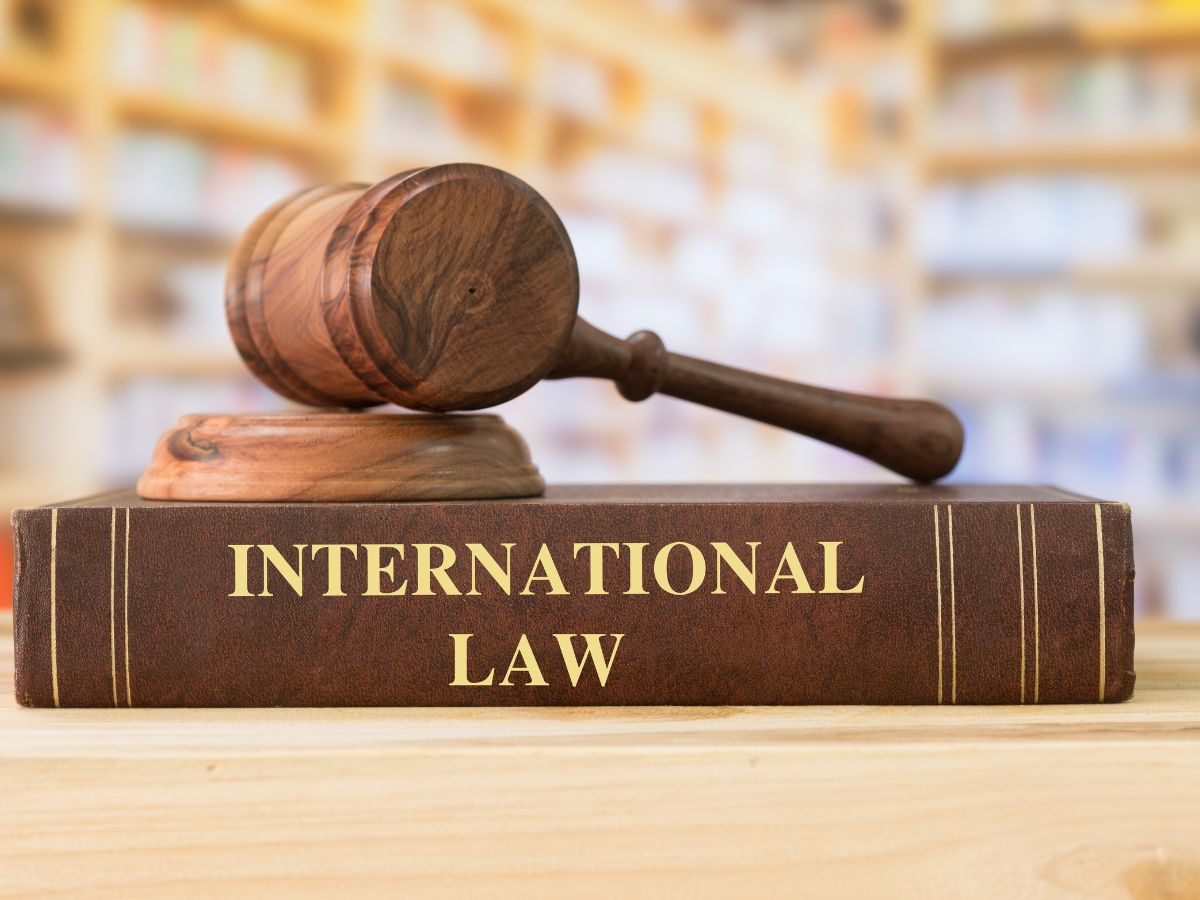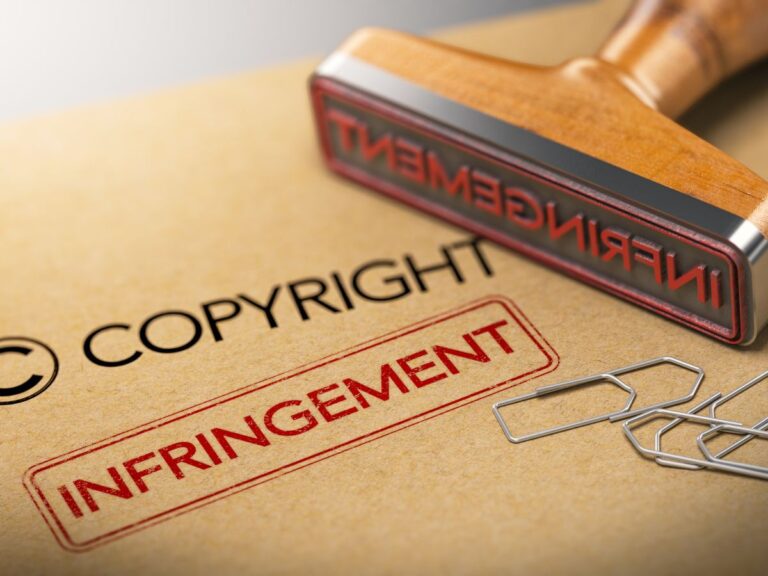Global Brand Protection via International Trademarks
Many brands have expanded their operations to different countries. But the challenge that they face is the copycats and infringers overseas. Even though most countries are trademark-friendly, brand owners need to understand the nuances of each country to protect their brands globally. This blog will look at the different aspects of international IP laws in terms of trademarks, to help you expand your brand globally.
Table of Contents
The importance of Protecting A Trademark Internationally
In a global marketplace, it is essential for businesses to protect their trademarks. Trademarks are unique identifiers that protect the goodwill of a company or an individual’s brand, and they can be very valuable.
A trademark can be used as a marketing tool and to establish ownership of specific goods and services. When you register a trademark in one country, it does not automatically extend to other countries unless you take further steps to do so. In order to make sure your trademark is protected around the world, consider the following international intellectual property laws:
Create a trademark that can be protected across borders
The first step to protecting your brand is choosing a name that can be protected. To do so, you’ll want to make sure your name has the following characteristics:
Unique and original

You should strive to pick a name that no one else has been using on any level of their business. If your name is too close or similar to other brands, it will be difficult for you as well as others to protect it from infringement.
Not confusingly similar or descriptive of goods or services
You should avoid picking a trademark that is confusingly similar to another brand’s trademark or one that describes what the good or service does.
This will make it difficult for consumers (the people who are purchasing from both brands) and IP lawyers (the people who are trying to enforce protection over both brands) alike when trying to determine which company owns which mark, especially if both companies register their trademarks in different countries around the world!
The “Madrid Protocol” and the “Principle of Territoriality”
The Madrid Protocol is an international agreement that allows a trademark owner to file a single application for protection in multiple countries. The international registration system under the Madrid Protocol is based on the principle of territoriality, which means that each country has its own national registration system.
Under this principle, no matter what country you want to file your trademark in, you need to apply for it through your home country’s office. For example: if you are residing in the United States and want to register your trademark in Canada and Mexico; then, you will have to file 3 separate applications: one through U.S Patent & Trademark Office (USPTO), one through the Canadian Intellectual Property Office (CIPO) and one through Mexican Institute of Industrial Property (INPI).
However, if your business expands internationally; then the time-consuming process of filing multiple applications may become a burden on your company as well as increase costs significantly by having several lawyers working on these matters simultaneously instead of focusing all their efforts solely on growing your brand globally without worrying about legal issues related with registering trademarks abroad as well.
Who is covered by the Madrid Agreement?
The Madrid Protocol is an international agreement that makes it easier for trademark owners to get their marks registered in countries around the world. It’s designed to make registration simpler, faster, and cheaper for both individual and corporate trademark owners.
The protocol helps you get your mark registered in as many as 100 countries at once.
What other International IP laws are beneficial to brands?

Paris Convention for the Protection of Industrial Property
This international treaty provides a basic framework for protecting patents, trademarks, and industrial designs. For example, a company that registered its trademark in France can use the Paris Convention to claim trademark protection in other member countries.
Berne Convention for the Protection of Literary and Artistic Works
This international treaty deals with the protection of copyrights for literary and artistic works. For example, a company that created a graphic novel can use the Berne Convention to claim copyright protection in other member countries.
Patent Cooperation Treaty (PCT)
This international treaty provides a simplified way for filing a patent application in multiple countries. For example, a company that developed a new technology can use the PCT to file a patent application in multiple countries, reducing the time and cost of filing separate applications in each country.
TRIPS Agreement
The Agreement on Trade-Related Aspects of Intellectual Property Rights (TRIPS) is a World Trade Organization agreement that sets minimum standards for intellectual property protection. For example, a company that wants to sell its products in multiple countries can use the TRIPS Agreement to ensure that its intellectual property rights are protected in those countries.
Conclusion
It is important to remember that an international trademark can be a valuable asset for your business. It will give you the opportunity to expand beyond borders and enter new markets with less risk than if you had decided against registering it in the first place. The more countries where your mark is protected, the easier it will be to monitor who is using it without permission (and potentially sue them). This makes protection against counterfeiters much easier than if they were operating under different names everywhere they go!












